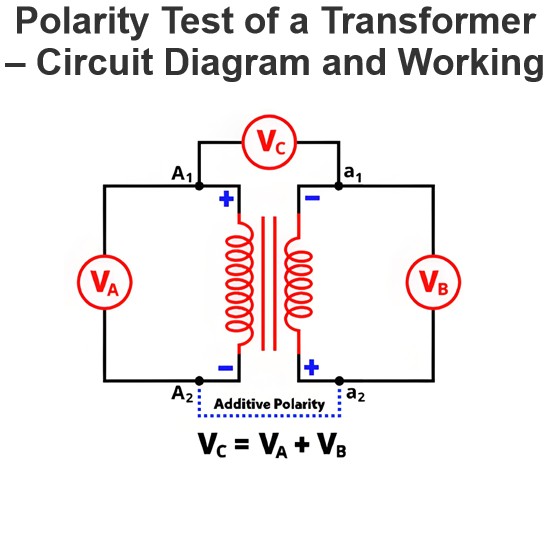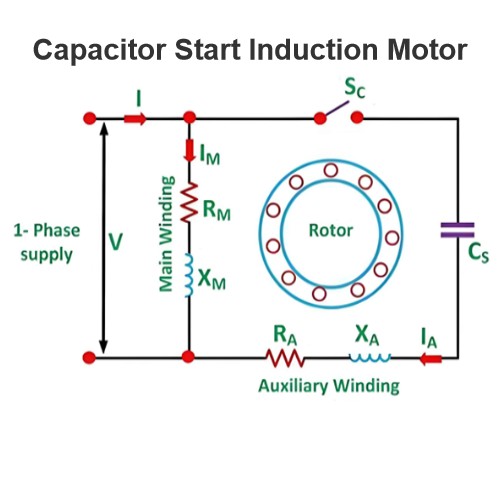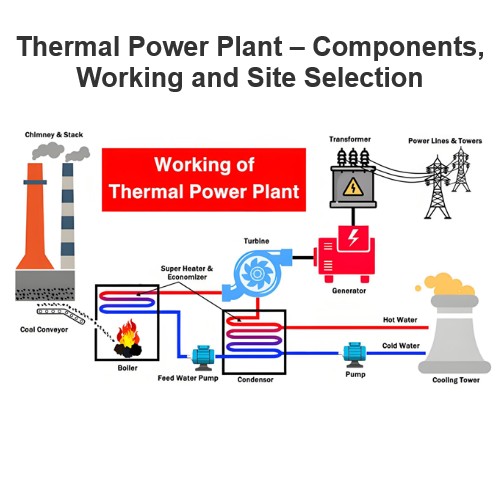Cooling of a Synchronous Generator
Cooling of Synchronous Generators: Methods, Advantages, and Limitations
Importance of Cooling
Cooling is a critical aspect of synchronous generator operation. Natural cooling mechanisms are insufficient to dissipate the substantial amount of heat generated within alternators. To address this, forced air cooling systems are employed. In such systems, air is actively pushed into the alternator, ensuring a larger volume of air passes over its surfaces, effectively removing a significant amount of heat. A closed - circuit ventilation system is particularly effective for enhancing the cooling of synchronous generators. In this setup, the hot, clean air from the alternator is cooled by a water - cooled heat exchanger and then circulated back through the alternator using fans.
To maximize the surface area in contact with the cooling air, ducts are incorporated into the stator and rotor cores, as well as the field coils of the generator. These ducts can be configured in either a radial or axial direction, depending on the desired air - flow pattern.
Radial Flow Ventilation System
Description
In a radial flow ventilation system, the cooling air enters the ducts via the air gap in the stator and flows radially towards the back of the stator, from where it is subsequently removed.
Advantages
Low Energy Loss: The energy required for ventilation is minimized, contributing to overall efficiency.
Versatility: This system can be applied to both small and large machines, making it a flexible option across different generator sizes.
Limitations
Size and Compactness: The presence of ventilating ducts, which can occupy approximately 20% of the armature length, makes the machine less compact.
Heat Dissipation: Compared to other cooling systems, the radial flow system offers relatively lower heat dissipation. In some instances, the system's stability can be compromised due to fluctuations in the volume of cooling air flowing through the machine.
Axial Flow Ventilation System
Description
In this method, air is forced to flow axially through passages created by holes in the stator and rotor.
Performance and Limitations
The axial flow ventilation system is highly effective, except for machines with significant axial lengths. One of its major drawbacks is non - uniform heat transfer. The air outlet section of the machine tends to receive less cooling because the air heats up as it travels through the axial ducts.
Circumferential Ventilation
Description
In circumferential ventilation, air is supplied at one or more points on the outer periphery of the stator core and then forced to flow circumferentially through the ducts between the laminations to designated outlets. This method allows for an increase in the duct area.
Combinations and Considerations
In certain cases, circumferential ventilation is combined with the radial flow system. However, care must be taken to avoid interference between the two air streams. To prevent such interference, the outer surfaces of the alternating radial ducts are typically closed.
Requirements of Cooling Air
For effective cooling, the air used must be clean and free of dust. Dust particles can clog the ducts, reducing their cross - sectional area and, consequently, decreasing the efficiency of heat transfer by conduction. To ensure clean air, air filters and cheesecloth filters are commonly used. In some situations, the air is washed in a spray chamber. Additionally, in most cases, the air is cooled by water coolers and then recirculated for reuse.
Limitations of Air Cooling
Equipment and Cost: For large - capacity machines, the fans required to circulate the air become larger and consume significant amounts of power. This necessitates the use of auxiliary equipment, which can be expensive.
Capacity Constraints: There is an optimal rating for machines beyond which air cooling is no longer sufficient to maintain the temperature within safe operating limits.
Hydrogen Cooling of Synchronous Generators
In a hydrogen - cooled system, hydrogen gas serves as the cooling medium. A more in - depth exploration of this method can be found in the article "Hydrogen Cooling of Synchronous Generator."
Direct Water Cooling in Synchronous Generators
Application
Hydrogen cooling proves inadequate for extracting heat from large turbo - alternators with capacities of 500 MW or more. The large volume of hydrogen gas required for such machines can make its use economically unviable. In these cases, direct water cooling is employed. In very large turbo - generators, the rotors are often cooled by hydrogen, while the stator windings are cooled by direct demineralized water. The water is circulated using an AC motor - driven centrifugal pump, and cartridge filters are used to remove impurities. These filters are specifically designed to prevent metallic corrosive particles generated in the windings and piping from entering the hollow conductors of the windings.
Advantages over Hydrogen Cooling
Efficiency: Water - cooled systems are faster and more efficient due to water's higher thermal conductivity compared to hydrogen.
Space Optimization: The smaller duct area required for water allows for more space to accommodate conductors within the slots, optimizing the design of the generator.
Disadvantages
Purification Requirement: The water used for cooling must be highly purified to prevent an increase in its conductivity, which could lead to electrical issues.
Cost: Water cooling is generally more expensive than hydrogen cooling, making it a costlier option for generator cooling.
In summary, the cooling of synchronous generators involves a range of methods, each with its own set of advantages and limitations. Selecting the appropriate cooling method depends on factors such as the generator's size, capacity, and operational requirements.
The Electricity Encyclopedia is dedicated to accelerating the dissemination and application of electricity knowledge and adding impetus to the development and innovation of the electricity industry.













